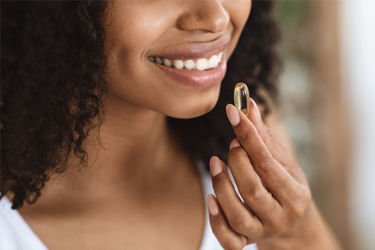Rational Design & Development Of Lipid- Filled Hard Capsules

With ever increasing percentage of water-insoluble (BCS II/IV) or low permeable (BCS III/IV) new therapeutic entities among drug pipelines, lipid-based drug delivery systems, together with two other main drug delivery technologies, ie, nano and amorphous systems, have become an important tool for the formulation development of those compounds. Lipid-based drug delivery systems enhance the oral bioavailability of drugs via three main mechanisms: (1) increasing dissolution and solubility by pre-dissolving drugs in lipid carriers, (2) increasing drug permeability in the GI tract by inhibition of P-gp and other efflux transporters, and (3) bypassing the first-pass metabolism of the drug through the lymphatic absorption processes. In addition, lipid-based drug delivery systems have the potential to decrease the food-effect and to increase reproducibility of the pharmacokinetic profile of those orally administered drugs by reducing erratic absorption.
A lipid-based drug delivery system typically is composed of a lipid carrier, cosolvent, surfactants, and co-surfactant. Depending on the surfactant level, it can be classified into (1) microemulsion (thermodynamic stable lipid concentrate with high level of surfactant); and (2) nano-emulsion, which is a pre-formed nano-system as a result of high-energy inputs and is kinetic stable in the aqueous phase.
Get unlimited access to:
Enter your credentials below to log in. Not yet a member of Drug Delivery Leader? Subscribe today.
